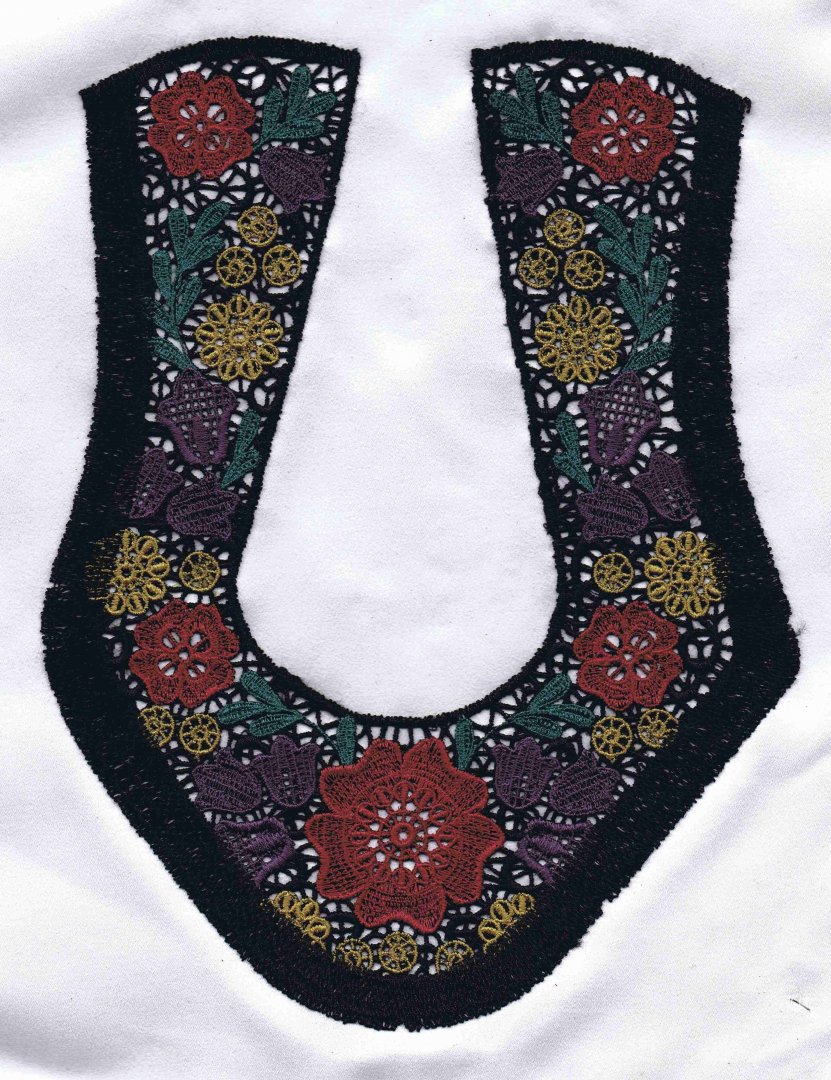How to choose the right embroidery technique for your product
Choosing the right embroidery technique is essential to ensure that the finished product reflects expectations in terms of quality, durability and aesthetics. Each embroidery technique offers specific advantages and is better suited to certain types of fabrics and designs. Understanding the different options available can make the difference between an eye-catching product and one that goes unnoticed. In addition, an appropriate choice of technique can significantly affect production costs and the time it takes to complete the job.
Hand embroidery vs. machine embroidery: which is best for your product?
Hand embroidery is a traditional technique that offers a unique handcrafted touch, perfect for high-end products and detailed customizations. This method allows great flexibility in designs, but requires a lot of time and skill. On the other hand, machine embroidery is ideal for large-scale productions, ensuring accuracy and uniformity. Modern machines can replicate complex designs in less time, making it an ideal choice for large quantity orders. The choice between hand and machine embroidery thus depends on the type of product, budget, and quantity desired.

The benefits of cross stitch embroidery for personalized products
Cross stitch embroidery is one of the oldest and most versatile techniques, ideal for creating intricate and colorful designs. This method is perfect for personalized products such as pillows, tablecloths, and linens, where the detail and intricacy of the design can really stand out. Cross stitch uses a simple grid pattern that allows detailed designs to be created with precision. In addition, it is an accessible technique even for beginners, while still offering highly professional results.
How sashiko embroidery can add a traditional touch to your items
Sashiko embroidery is a traditional Japanese technique that uses linear stitches to create geometric patterns. Originally used to reinforce fabrics, today sashiko is valued for its unique and refined aesthetic appearance. This type of embroidery is ideal for adding a cultural and handcrafted touch to your products, such as jackets, bags, and accessories. The simplicity of sashiko designs, combined with their inherent beauty, makes each piece unique and valuable.
Modern embroidery techniques: freehand machine embroidery for creative designs
Freehand machine embroidery is a modern technique that allows freehand designs to be created using a sewing machine. This method combines the precision of the machine with the creativity of hand embroidery, allowing for unique and customized designs. It is particularly suitable for fashion garments and accessories that require an artistic touch. Freehand machine embroidery is ideal for designers who wish to experiment and create distinctive and innovative pieces.
Choosing the right thread: how it affects embroidery quality
The choice of thread is crucial to the quality of embroidery. Threads vary in material type, thickness, and finish, each of which can affect the final result. Cotton threads are prized for their naturalness and softness, ideal for embroidery on lightweight fabrics. Polyester yarns, on the other hand, offer strength and durability, perfect for products that must withstand wear and frequent washing. The luster of silk threads can add a touch of luxury to your embroidery designs. Choosing the right thread means considering the type of fabric, design and end use of the product.
Tips for choosing the ideal canvas or fabric for embroidery
Choosing the right canvas or fabric is critical for quality embroidery. Fabrics such as cotton and linen are ideal for detailed and precise embroidery because of their even weave. Heavier fabrics such as denim or canvas are perfect for techniques such as sashiko embroidery, which require sturdiness. It is also important to consider the intended use of the product: a light, delicate fabric will be perfect for a summer garment, while a heavier fabric will be more suitable for a winter garment or rugged accessory. The choice of fabric will also influence the choice of thread and embroidery technique.
Tips for maintenance and care of embroidered products: ensuring the durability of your work
Maintenance and care of embroidered products are essential to ensure their longevity. It is important to wash embroidered items by hand with mild detergents and in cold water to preserve the colors and texture of the embroidery. Air drying is preferable to avoid damage caused by excessive heat. If necessary, iron the embroidery inside out with a protective cloth to prevent the threads from being crushed. For machine embroidery, always follow the thread and fabric manufacturer's specific instructions to maintain embroidery quality over time. Proper maintenance ensures that your embroidered products remain beautiful and functional for many years.